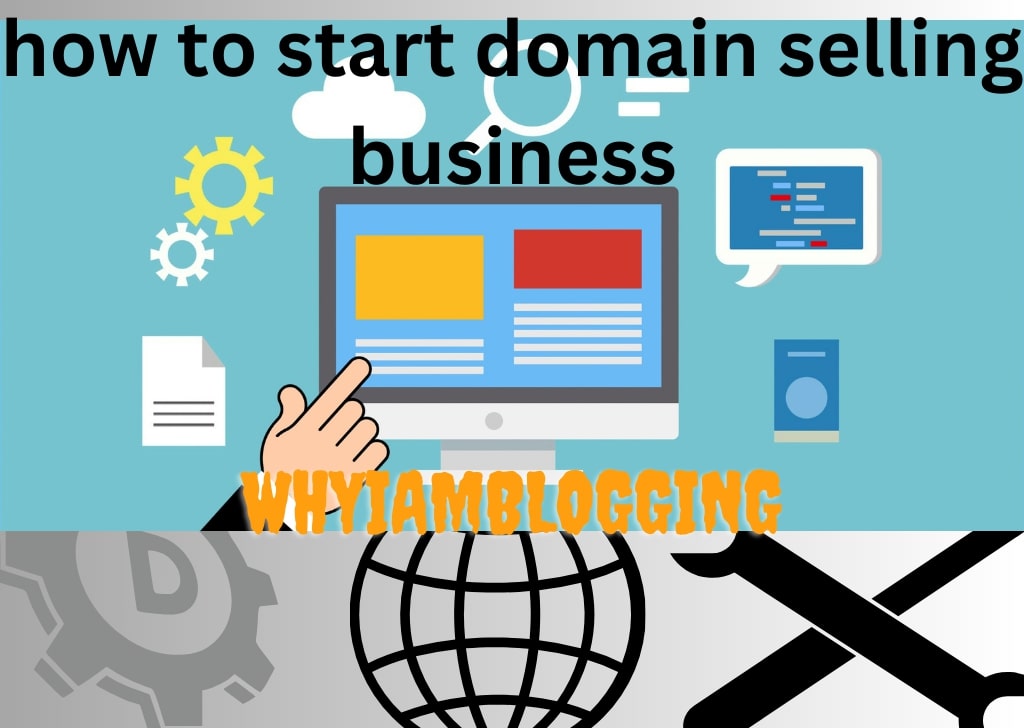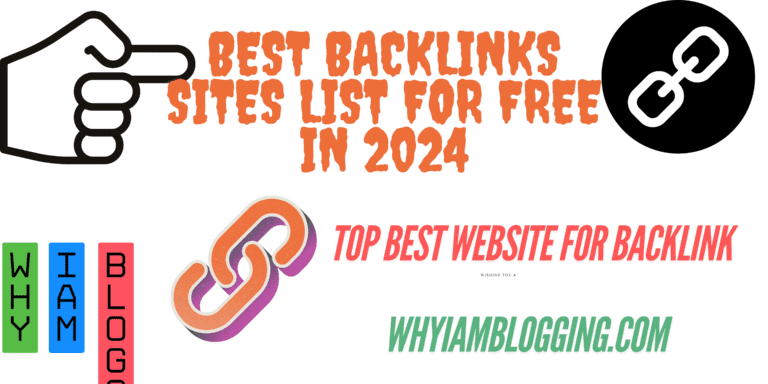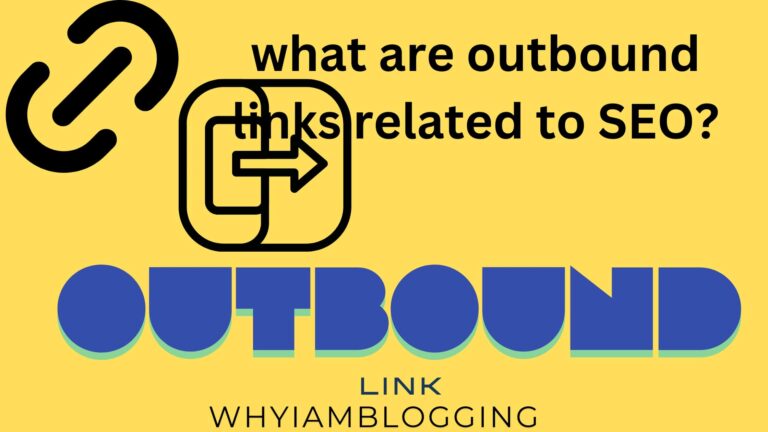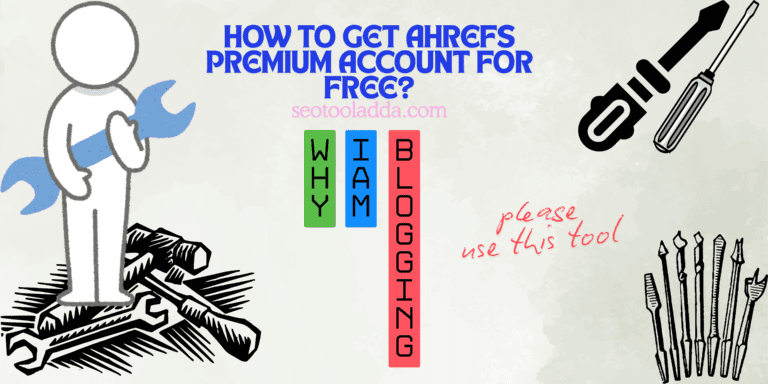Mastering the Art of Domain Flipping: A Comprehensive 7-Step Guide to Profit
The domain-selling business, or domain flipping, has become a lucrative venture for individuals seeking to profit from the ever-growing online marketplace. A domain name serves as digital real estate, and much like physical real estate, a well-chosen domain can appreciate significantly in value. In this guide, we will break down the process of buying and selling domains into seven actionable steps, empowering you to start your own domain flipping business and make it profitable. “how to start domain selling business” Cheapest domain
1.Park the Domain Name
Once you acquire a domain, the first step is to park it. Domain parking is a strategy that allows you to reserve a domain name while making it available for sale. It also enables you to earn passive income through advertisements displayed on the parked domain’s landing page.
When you park your domain, it sends a clear signal to potential buyers that the domain is available for purchase. Additionally, parking provides a professional touch, as buyers can visit the domain to see its potential. This can be done through domain registrars or specialized parking services.
Tips for Successful Domain Parking:
- Use reputable domain parking platforms like Sedo or GoDaddy.
- Optimize the parked page with relevant ads to generate traffic-based revenue.
- Ensure the page design is simple and clean to maintain a professional look.
- By parking your domain, you protect your investment while potentially generating small, consistent revenue streams.
2.Determine the Value of Your Domain Name
Understanding the value of your domain is crucial for setting realistic pricing expectations and maximizing profitability. A domain’s value depends on several factors, such as:
- Length: Shorter domain names are often more memorable and valuable.
- Keywords: Domains containing high-demand keywords related to popular industries (e.g., finance, health, or technology) tend to be more profitable.
- TLD (Top-Level Domain): Domains with extensions like .com, .net, and .org are often more desirable.
- Traffic: Domains that already attract significant traffic or have an established SEO presence can fetch a higher price.
- Use tools like GoDaddy Domain Appraisal, Estibot, or NameBio to get a baseline valuation. Combine these automated assessments with your own research to determine an accurate price.
- Pro Tip: Compare your domain with recently sold domains in your niche to get a realistic idea of its worth.
3.Ensure the Quality of Your Domain Name
Not all domain names are created equal. A high-quality domain is easier to sell and commands a better price. To ensure your domain is attractive to buyers, focus on the following characteristics:
1.Brandability
Buyers often look for names that align with their brand’s vision and voice.
2.Avoid Complexities
Avoid domains with numbers, hyphens, or unconventional spellings. For example, “BestCars4U.com” may confuse users due to the number “4” instead of the word “for.” Simplicity enhances value.
3.Keyword Relevance
Domains containing trending or industry-relevant keywords perform well.
4.Future-Proofing
Choose domains that will remain relevant for years to come. Avoid overly niche trends that may lose relevance quickly.
High-quality domains stand out in the marketplace and often attract competitive bidding, leading to greater profits.
4.Decide on a Pricing Strategy
Setting the right price for your domain is both an art and a science.
1.Fixed Pricing
With this approach, you set a non-negotiable price for your domain. This is ideal for straightforward sales, especially when the domain’s value is well-established.
2.Negotiable Pricing
Here, you list your domain with a flexible price range, allowing buyers to make offers. This strategy is effective for premium domains where buyers may bid competitively.
3.Auctions
Online auctions are excellent for high-demand domains. Platforms like Sedo, GoDaddy Auctions, or Flippa allow potential buyers to bid against each other, often driving up the price.
4.Lease-to-Own
It’s a great way to generate recurring revenue while keeping the door open for a lucrative sale.
Pro Tip: Always research the market and analyze similar domain sales before finalizing your pricing strategy.
5.Choose the best platform to sell the domain
The platform you choose to sell your domain can significantly impact the speed and profitability of the sale. Top Platforms to Sell Your Domain
1.Domain Marketplaces
Sedo and Afternic: Renowned platforms offering access to an extensive community of domain buyers and sellers.
Flippa: Specializes in premium domains and websites.
2.Domain Registrars
Many domain registrars, like GoDaddy or Namecheap, offer in-house marketplaces for listing your domains.
3.Direct Outreach
If your domain is niche-specific, identify businesses or individuals who could benefit from it. Reach out directly via email or LinkedIn to pitch your domain.
4.Social Media and Forums
Use platforms like Twitter, Facebook groups, and forums like Name Pros to network with potential buyers and showcase your listings.
Selecting the right marketplace ensures greater visibility and better chances of a successful sale.
6. Optimize the Domain Listing
A domain listing is your sales pitch. Boost Your Sales Potential with an Optimized Listing
1.Compelling Description
Write a concise and engaging description that highlights the domain’s benefits. Mention SEO advantages, industry relevance, or branding potential.
2.Use Visuals
Attach visuals like a mockup website or a custom logo to demonstrate how the domain could be used. This helps buyers visualize the domain’s potential.
3.Relevant Tags
Add relevant keywords and tags to make your listing searchable on marketplaces.
7.Use an Escrow Service to Protect Your Domain Name
When selling a domain, ensuring the security of both the payment and the domain transfer is critical. Escrow services act as neutral third parties, safeguarding the transaction for both you and the buyer.
Popular Escrow Services:
- Escrow.com: Trusted by domain traders for its reliability.
- Payoneer Escrow: Offers competitive fees and a streamlined process.
- How Escrow Works:
- Payment Processed Securely Through Escrow
- The escrow service holds the funds while you transfer the domain.
- Once the buyer confirms receipt, the funds are released to you.
- Using escrow services ensures trust and professionalism, reducing the risk of fraud.
Conclusion
In conclusion, starting a domain-selling business can be a highly profitable venture when approached with the right strategies and mindset. By carefully selecting high-value domains, appraising their worth accurately, and leveraging popular platforms like Sedo and Afternic, you can maximize your returns. Ensuring your domains are of the highest quality, optimizing your listings, and using escrow services to secure transactions are key steps that build trust and credibility. Ultimately, mastering the art of domain flipping requires patience, research, and a keen eye for emerging trends. With dedication, you can turn domain selling into a consistent revenue stream, transforming digital assets into profitable opportunities. “how to start domain selling business”. cheapest domain registration and hosting







